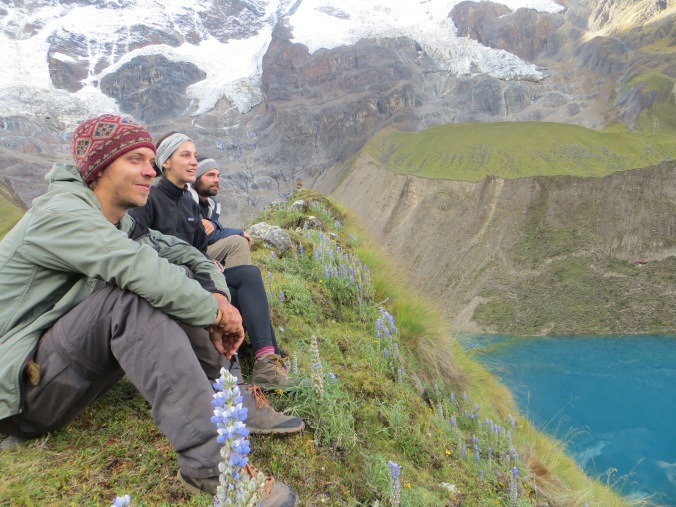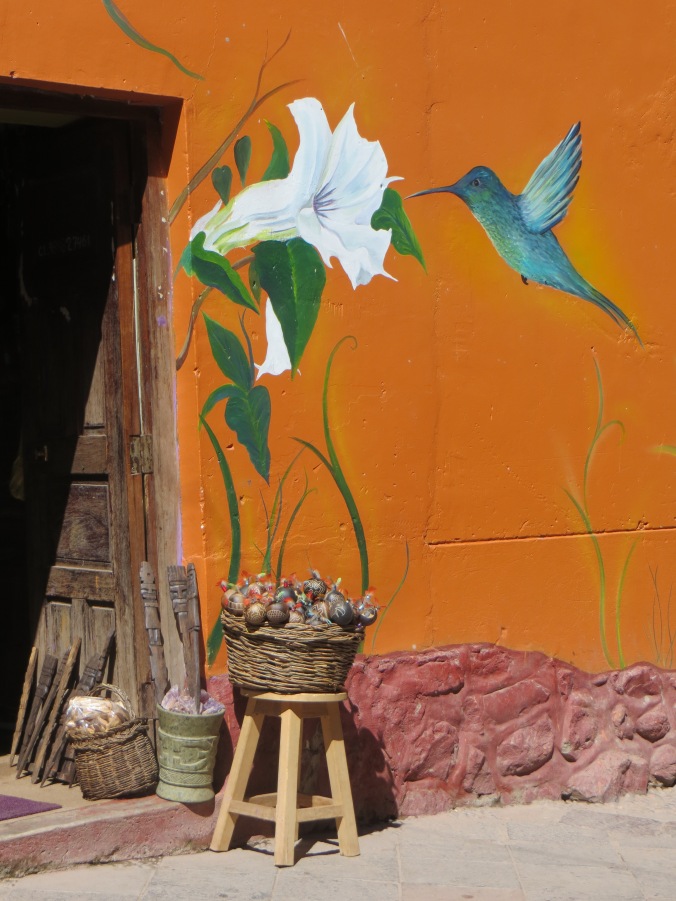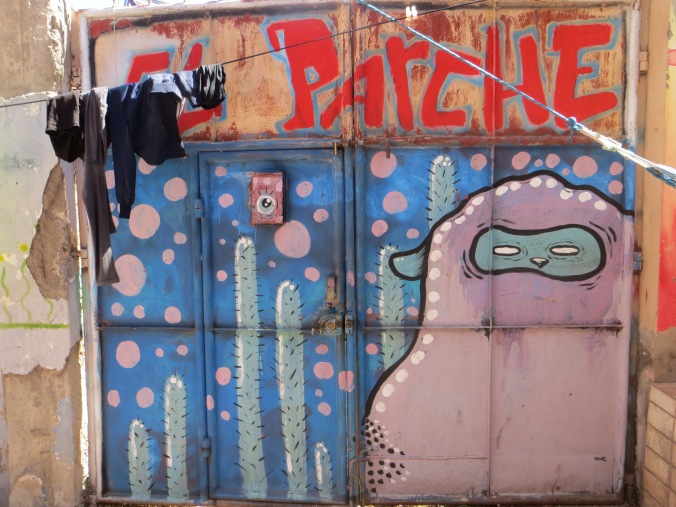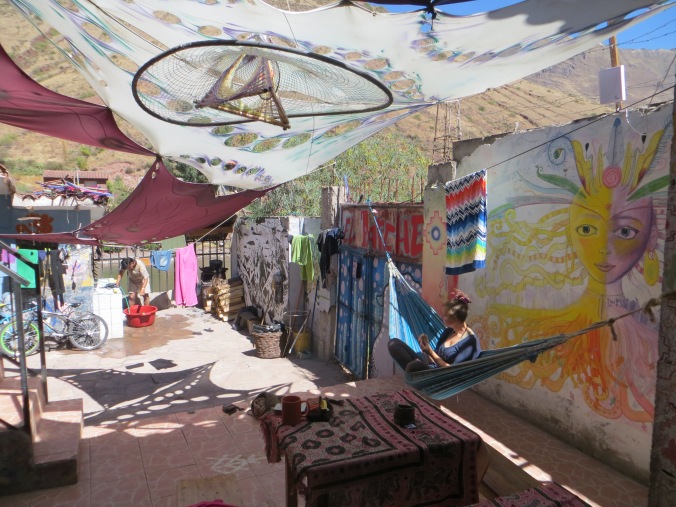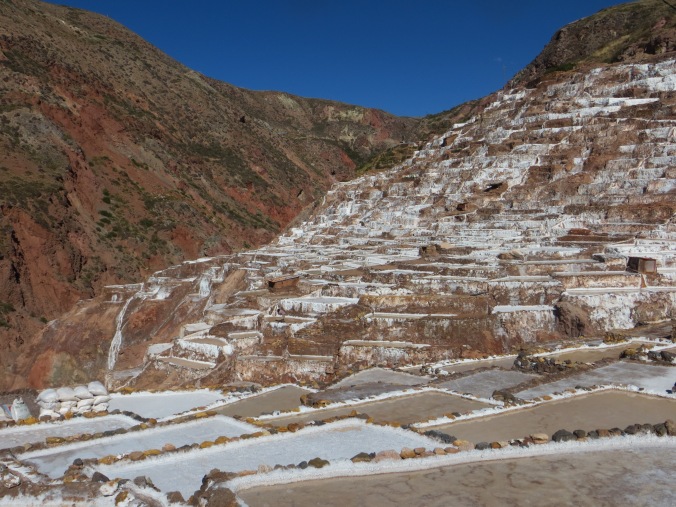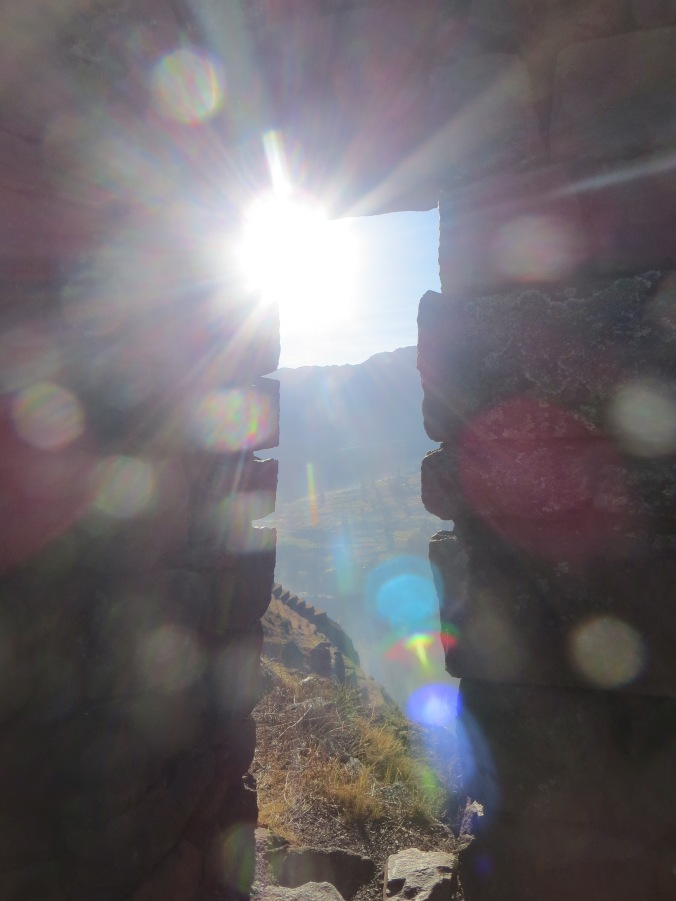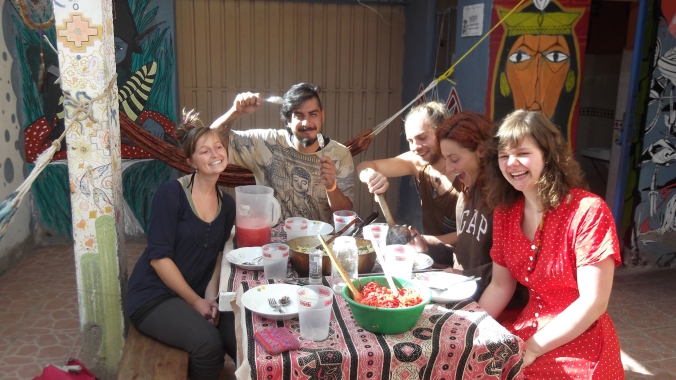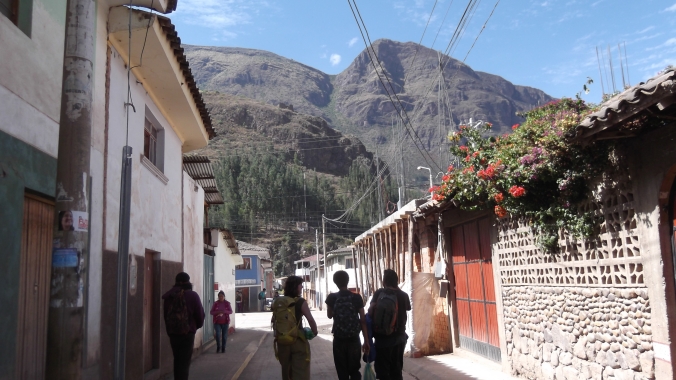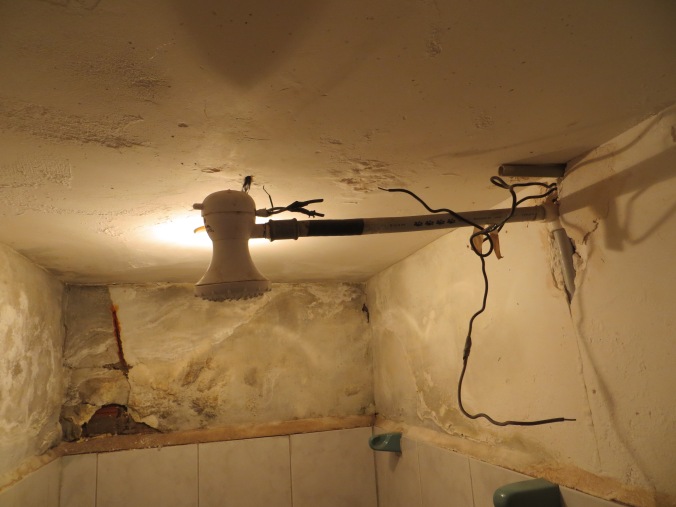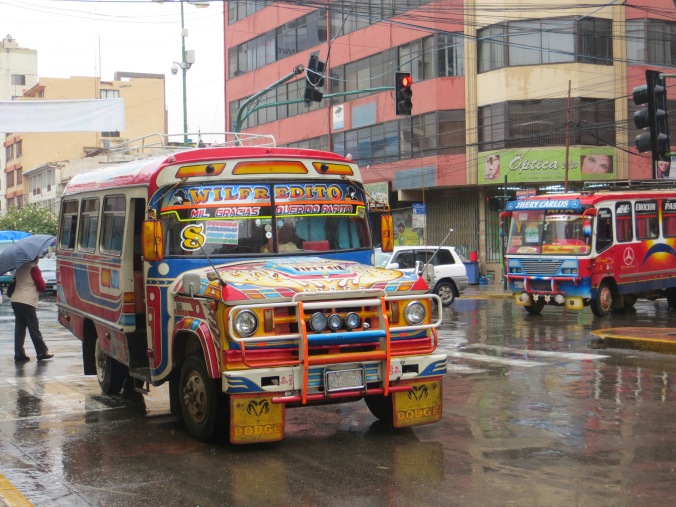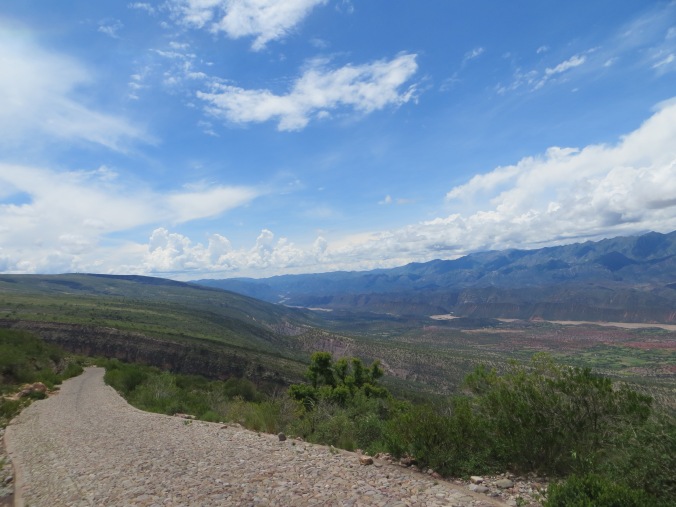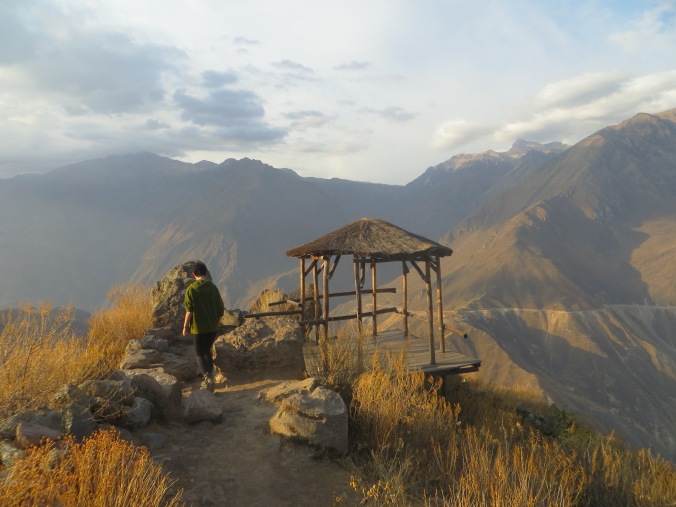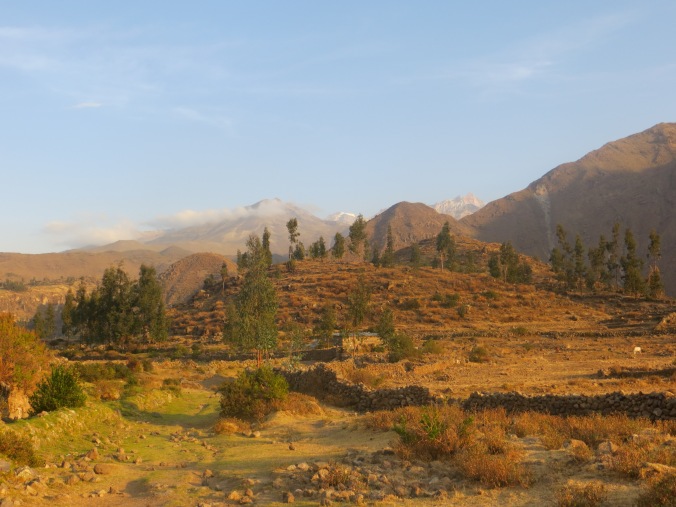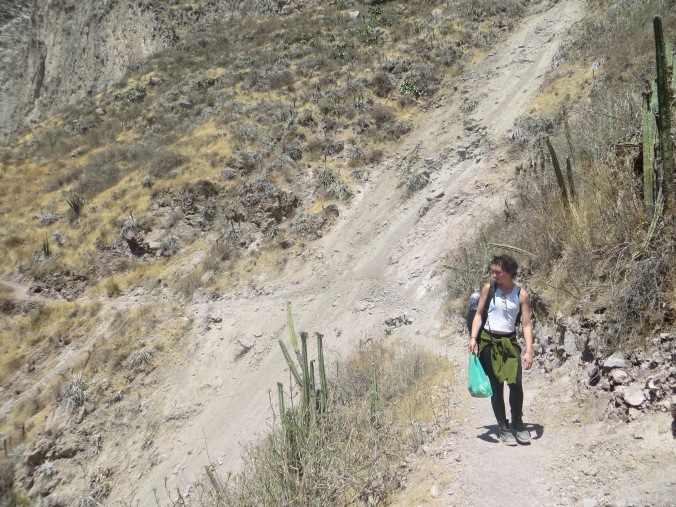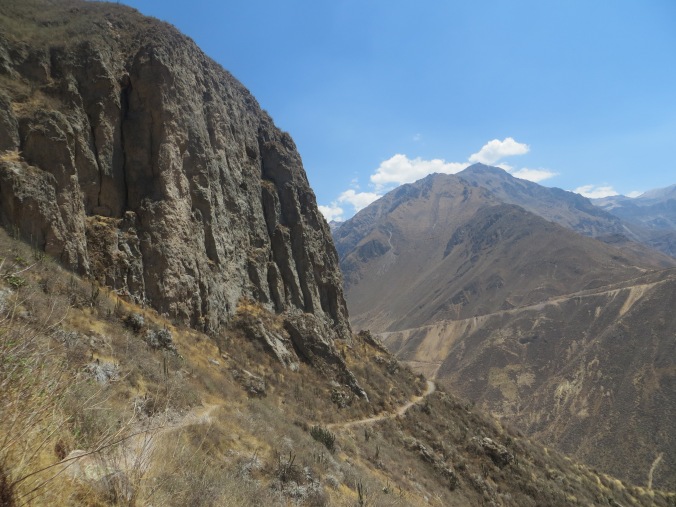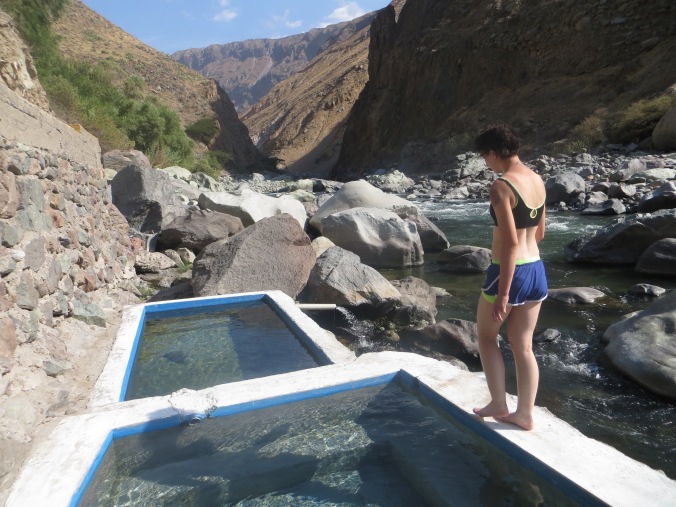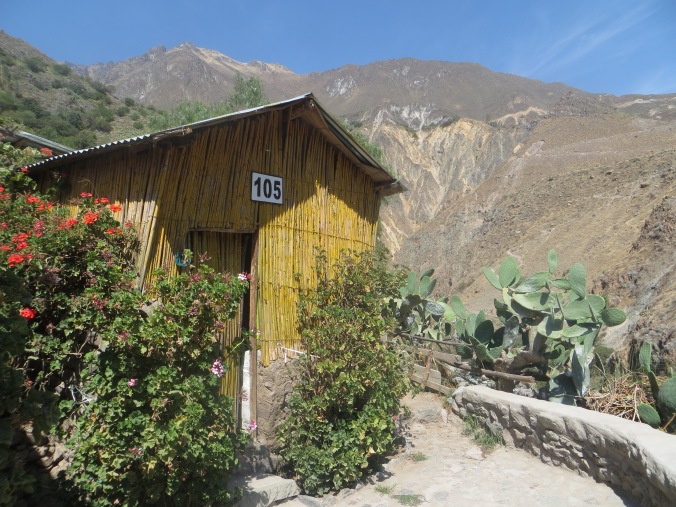A lot has been written about the amazing possibilities and upsides of workaway: you get to see the world almost without spending any money, can learn a lot of new skills, share your knowledge and meet the locals and their culture. But there are a lot of things about workaway that most travellers, blogs and of course workaway itself fail to mention. After I left my last workaway host early following a very mixed experience I decided to write about exactly these downsides. The things I hate about workaway. After five hosts in four countries I might not be the most experienced workawayer, but I think I have seen enough to speak my mind about a few things.

A lovely workaway place in Bolivia where I had lots of fun – but did’t find the community I was looking for
Firstly the profiles rarely draw an accurate picture of the place, people and work that await you. I was told I would work and live in a hostel with a restaurant when really neither my accommodation nor work were in that hostel. An eco-community turned out to only have one member and the eco farm I was expecting was neither eco, nor a real farm. A lot of these inaccuracies came down to outdated profiles and of course it is always difficult to describe a place you are attached to, but it is annoying to find out that something you particularly liked about a profile is not true. For example I picked one of my hosts because I was looking to experience communal living. In another occasion I was hoping to learn more about sustainable farming in Namibia and ended up with hosts that not only worked in a lodge, not a farm, but thought it was fine to pour old paint into the nature where noone could see it.

Playing soccer in front of the restaurant (not hostel) where I volunteered in Peru
Not seldom the basic premises of workaway are violated, sometimes without any mention on the profile or in the e-mails before arrival. So free food and board for 25h of volunteering per week is not always guaranteed with workaway. Two of my hosts told me beforehand that they could not provide food and as both of them were beautiful non-profit community projects I was fine with that – but when my last hosts told me upon arrival that they really expected me to work a 50h week and had many rules they didn’t mention in several e-mails we exchanged beforehand I was very disappointed to say the least. I would have liked to know this before my arrival to make a decision if it was ok for me. In the end it was not the work or the amount of hours that made me leave, but the aggressive communication and stressful environment, but it lead to an unfortunate first impression.

Painting a roof in the hot sun at my first Namibian workaway
It is especially important to know the details of each workaway agreement, because spontaneously leaving is not always easy. Depending on many circumstances you might be very dependent on your host. If your host lives very rural you might rely on them to get to the next village, bus stop, or even road. In a country like Namibia many farmers own thousands of hectares of land far away from main roads – so hitchhiking is not an option everywhere. In cheap countries with lots of hosts it might be easy to come up with a plan B and I am lucky to travel with enough savings so I can leave everywhere if I feel I am being mistreated – but I have met at least a handful of travellers who could’t afford to leave before they found a new host and this is not a situation I wish upon anyone.

I found my host in the Bolivian Amazon by just asking around – and a boat was the only way to reach the amazing jungle camp
Of course some people will argue that you can avoid bad experiences simply by reading the feedback other travellers have left, but the truth is that workaways feedback system is very flawed. It has been written about before, but I am not sure most people realise that in the rare case that feedback has been left, it could have been left by anyone. There are no reminders or double-blind system in place and even worse, negative feedback won’t be posted by workaway. Yes you have read right – if you have an experience you’d like to tell future volunteers about don’t select the negative smiley because it will be posted without your written feedback. Not only does this system actively withhold important information from other workawayers, it also makes every host look good.

Painting stones at a childrens summercamp – my second Namibian workaway
So will I stop using workaway and advise others to do the same? Definitely not! A lot of hosts are amazing and there is a reason travellers rave about this page, but there are a few measures I will be taking from now on, even if I am looking for a host last minute and I would advise others to do the same. Firstly and most importantly ask many questions before your arrival (even if the profile seems to answer them) and also get across what is important to you! If there is feedback which raises questions there is sometimes the possibility to contact former volunteers who left that feedback and I think it’s great chance to get more information. It also helps to get information on the exact location of your host and the surroundings like nearby hostels and alternative hosts, just in case. And lastly I would personally never do workaway without the funds to at least pay for transport and a few nights of cheap accommodation. I really don’t want to scare anyone away from volunteering or travelling and think it is great to arrive everywhere with a an open heart and mind, but it doesn’t hurt to be prepared…
Just in case anyone was wondering: I have never used helpx or other similar sites and this is the only reason this post focusses on workaway. I have no clue is the other pages work better, worse or the same and therefore they are not mentioned.





